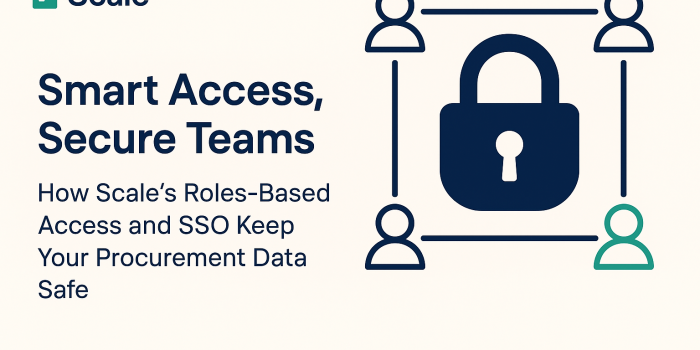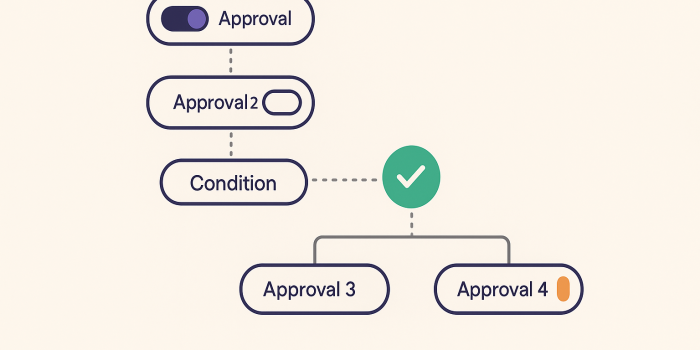Fill in, Sign and Stamp Your Tender Documents!
Can you imagine losing a tender worth millions just because you didn’t stamp or sign the tender documents as requested in the mandatory requirements?
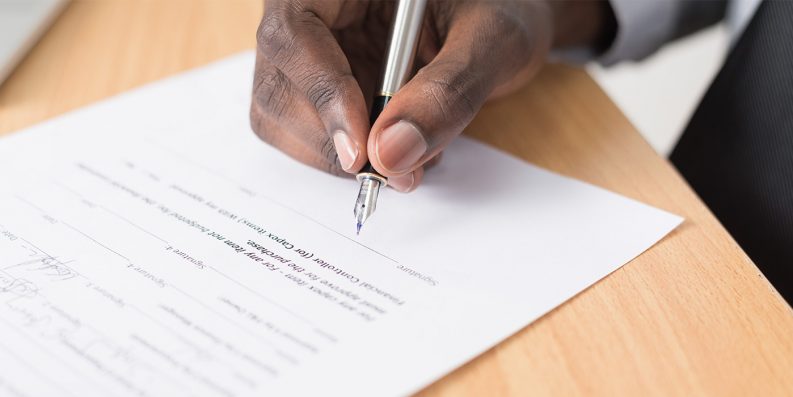
Can you imagine losing a tender worth millions just because you didn’t stamp or sign the tender documents as requested in the Mandatory Requirements? Well, this week’s analysis of the tender evaluation reports show that a significant number of suppliers tend to fall for this basic mistake of not filling in forms, signing specified pages or stamping the tender documents as required.
Some of the reasons why this happens include:
- Oversight of these ‘small’ details while compiling the tender documents after spending days putting together all the other details
- Last-minute rush to put together and compilation of the required tenders documents in an attempt to beat the submission deadline
Below are some practical examples of suppliers who have been kicked out during the tender evaluation process because of this issue:
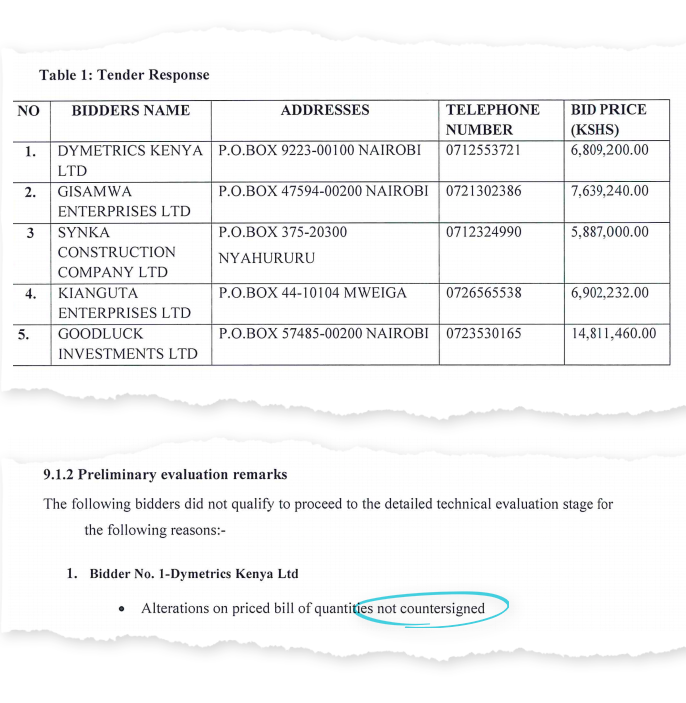
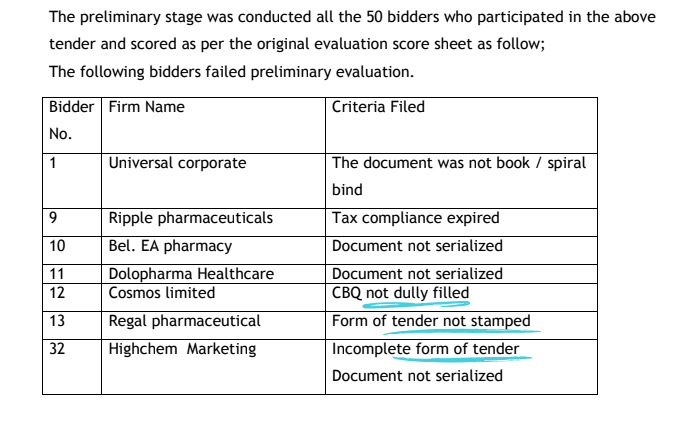
You Need to Make It Legally Binding, Sign and Stamp!
In its simplest definition, a signature is a mark or a symbol on any document or instrument to signify that you are fully aware of the matter, approve of it and accept it along with the responsibilities attached to it. Basically, this is what makes a document legally binding.
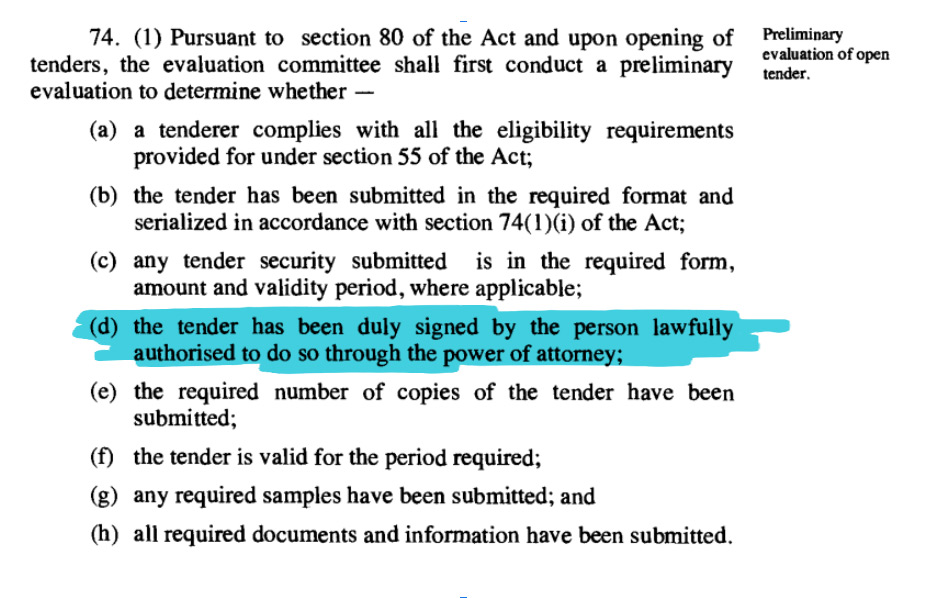
Based on this context, it’s easy to see why incomplete, unsigned and unstamped documents would bar you from winning a tender. When it comes to governments, this is a mandatory requirement that has to be fulfilled to have your proposal termed as Responsive.
Not a single company, let alone the government, is going to do business with you if you have not signed and stamped the standard tender forms. Do this to showcase your commitment to what you have articulated in both your technical and financial proposals.
This is how Scale solves this for you
As soon as your final bid submission document is ready for downloading and printing, Scale provides you a highlight of all the key documents that Procuring Entities usually require to be duly filled, signed and stamped by the Tendering Entity.
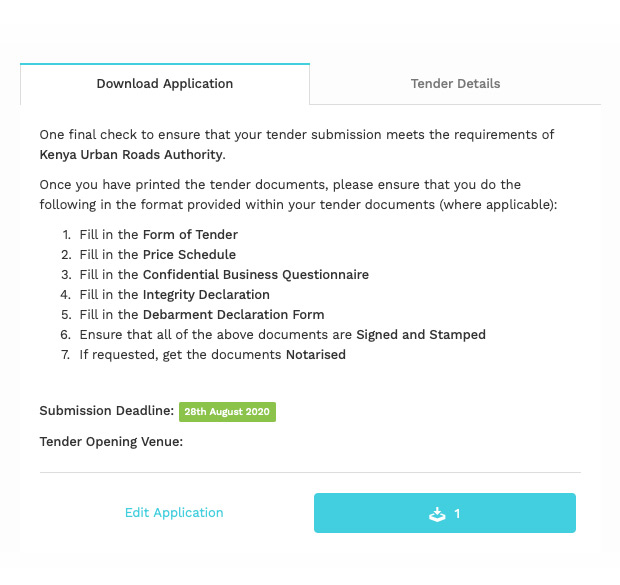
Further, you will also receive an email with a link to the final bid submission with the same highlighted list of documents thereby ensuring that you always keep this at the top of your mind while doing the finishing touches on your tender submission.
So to wrap it up, please ensure that you:
- Fill in, sign and stamp the Form of Tender
- Fill in, sign and stamp the Price Schedule
- Fill in,sign and stamp the Confidential Business Questionnaire
- Fill in, sign and stamp the Integrity Declaration
- Fill in, sign and stamp the Debarment Declaration Form
This list may vary or slightly change depending on the tender that you are responding to. Therefore, you should always counter check with the tender document to ensure you remain responsive to the specific requirements provided.
…This article is part of the Common Tendering Mistakes blog series.





